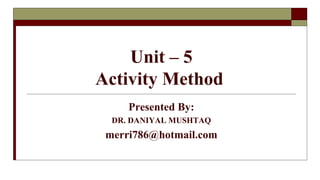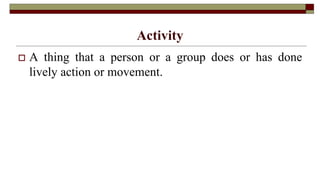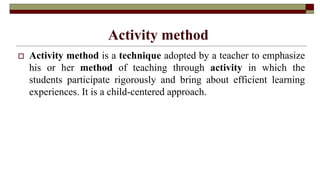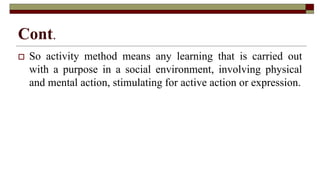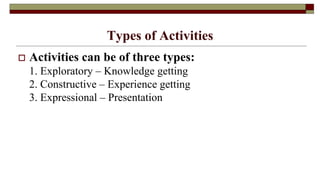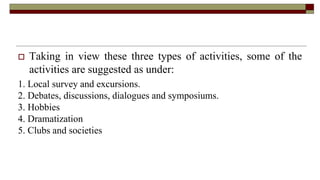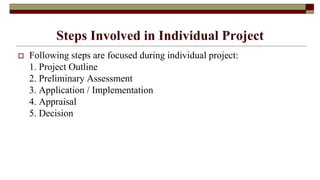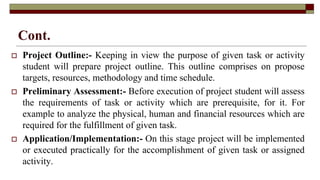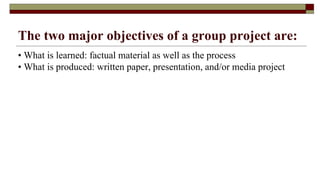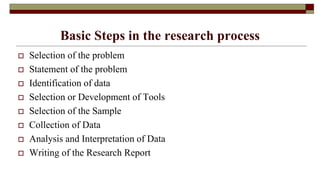The document discusses the activity method of teaching, emphasizing its child-centered approach that involves students in hands-on learning experiences to enhance knowledge, skills, and attitudes. It outlines historical context, types of activities, benefits, limitations, and steps for organizing both individual and group projects, aiming to promote cooperation and independent learning among students. The activity method encourages creativity while addressing potential challenges such as time constraints and the need for teacher training.
